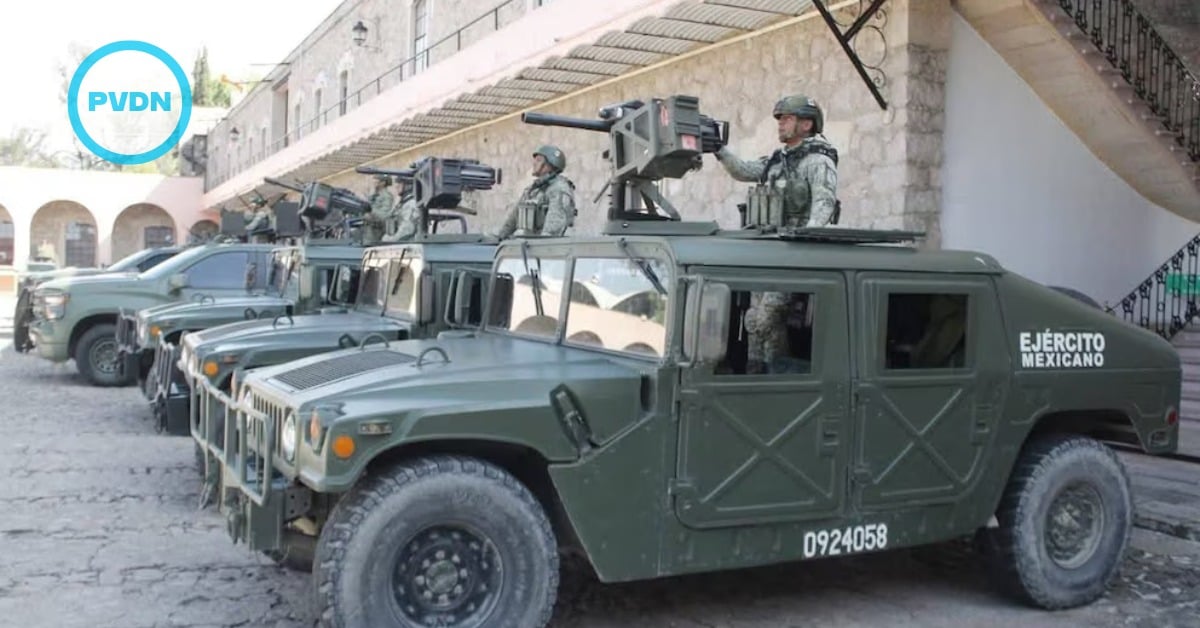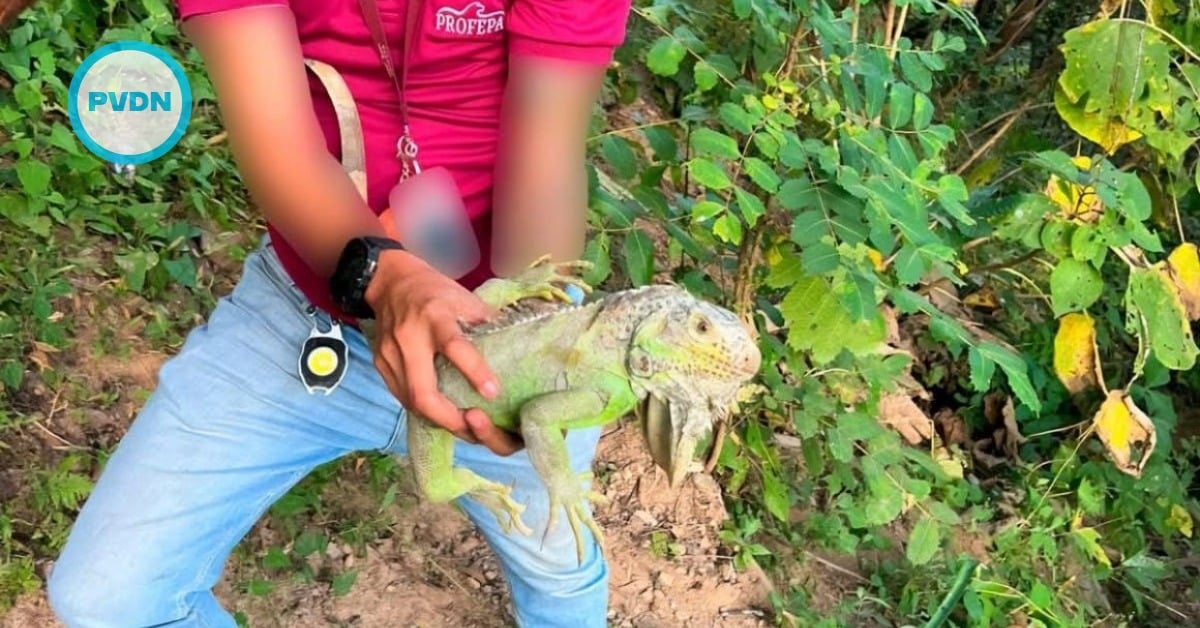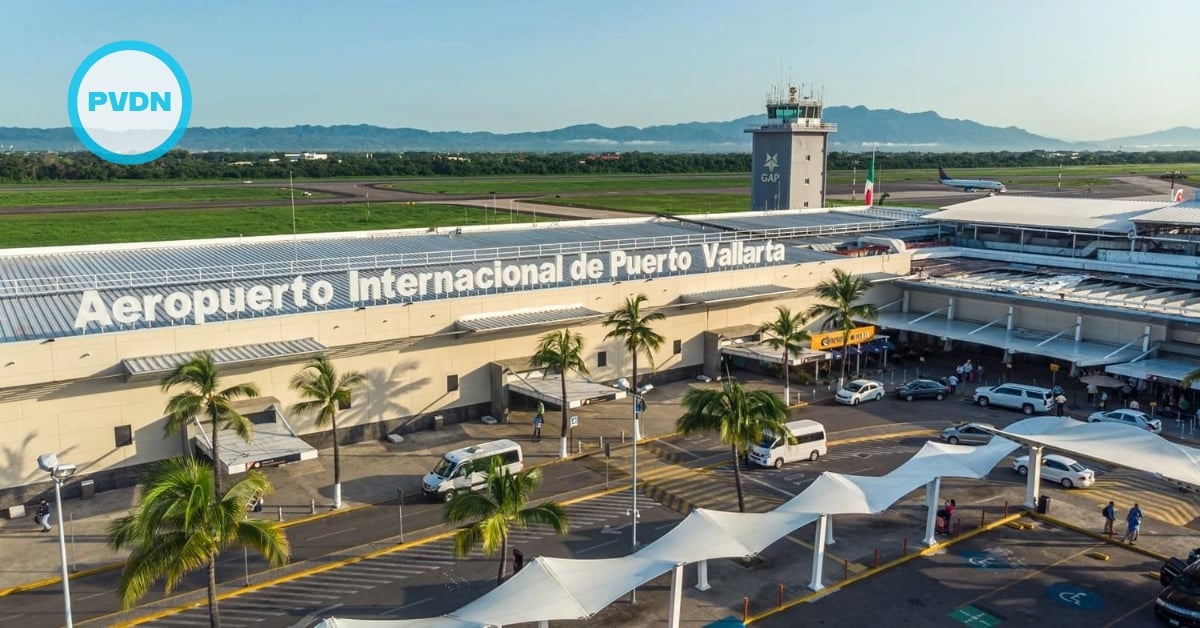Currently, most of the marijuana consumed in the United States is produced within its borders, due to the ongoing legalization and decriminalization processes in several of its states. This has hit Mexican organized crime groups and increased the prices of marijuana in Mexico. Ho…







